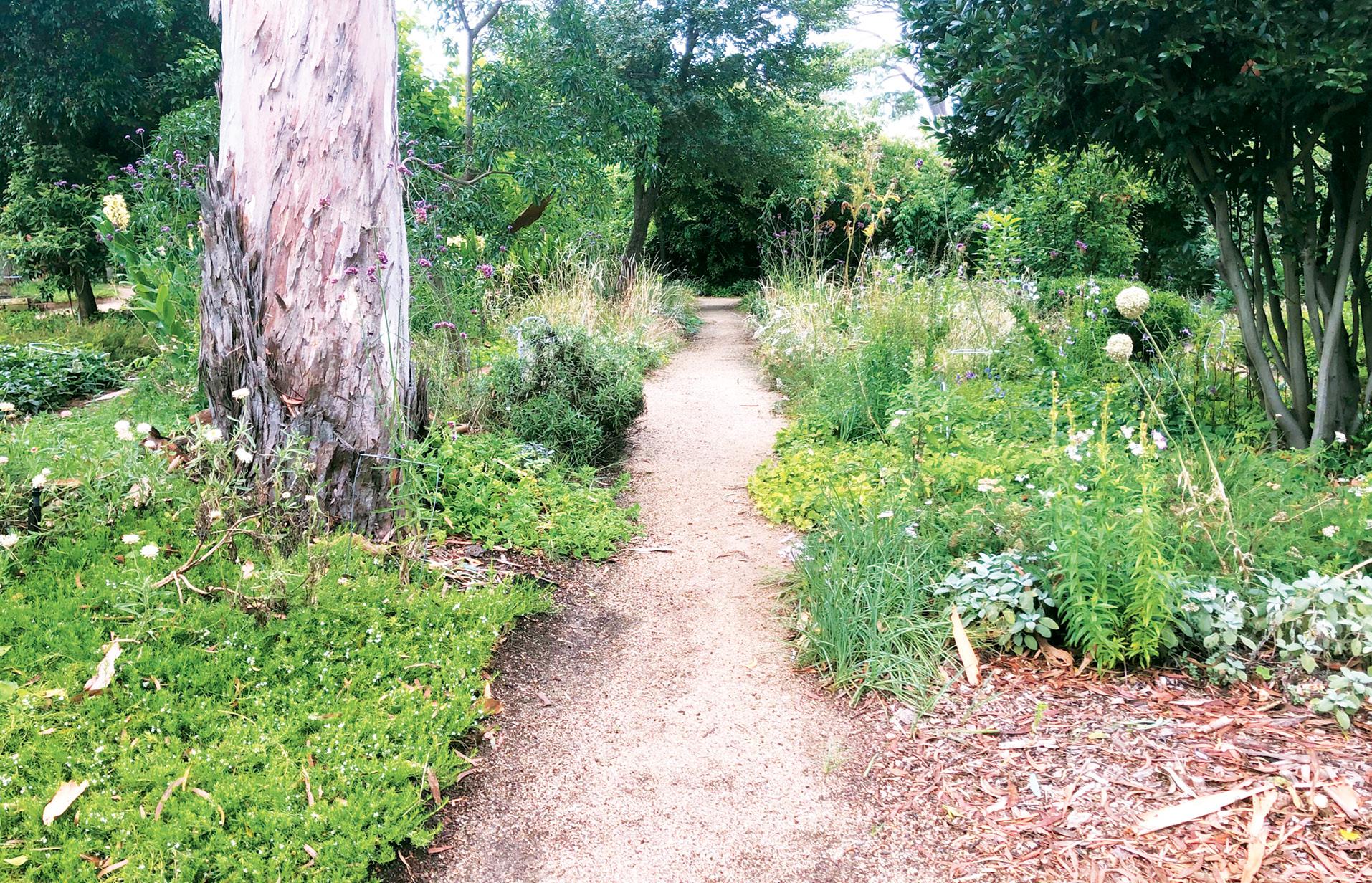
3 minute read
Latin Plant Names
By Jess Adams, Cygnet, Tas.
Knowledge of Latin plant names tends to be the mark of a keen gardener or horticulturalist. While standard schooling has introduced most of us to the concepts of taxonomic classification and binomial names, few of us really run with it or learn how to describe our gardens with precise names.
Advertisement
wH en it is use F u L
Through working on a flower farm, I have moved from the camp of ‘that plant there with silver leaves’ to someone making a conscious attempt to memorise a library of plant characteristics, mentally stapled onto their Latin names. (Many thanks to my employers for on-the- job educational supplements!)
In the process, I have expanded my vocabulary of common names too, which I suppose can be thought of as a ‘first language’ in the gardening world. Though I’m still nowhere near binomial fluency, at least I am on the way.
Of course, Latin names will also hold you in good stead if at some stage you want to engage with gardeners from abroad in an exchange program or otherwise. Common names won’t take you very far.
Latin names come into their own when you have to communicate about plants outside your own mind, such as in a teamwork scenario. It’s elegant simplicity when anyone can say ‘ Helichrysum ’ and you can understand they mean Helichrysum Bracteantha bracteata , without juggling the common names of strawflower, paper daisy and everlasting daisy.
I will admit that the plot thickens when occasional reclassification of plants enters the picture. For instance, Helichrysum Bracteantha bracteata has had a change of genus and since 1990 is officially Xerochrysum bracteatum . As they say, old habits die hard, and this plant which has been in the Helichrysum genus since 1805 will, for many people, remain a Helichrysum
Another example is the leafy
Memory Refresher
The matryoshka doll of classification is nested within kingdom, phylum, class, order, family, genus, and species. A binomial name is the pairing of genus and species. Then there are subspecies, and ‘cultivar’ at the bottom of the rung if the plant in question is a product of selective breeding. You may also encounter intermediate classification groupings of ‘subfamily’ and ‘subgenus.’ upright succulent long known in the Sedum genus – you might even have the popular ‘Autumn Joy’ cultivar in your own backyard. But after genetic analysis revealed significant differences to the other creeping sedums, this upright grouping was relocated into Hylotelephium , another genus within the Crassulaceae family of succulents. Don’t disappoint a gardener who is proud of their sedums by telling them they have been technically incorrect since 2008. It is somewhat of a shame, because ‘sedum’ was much easier to roll off the tongue.
Government has long been a force for standardisation, and plant-related paperwork is no different. Plant importation or seed purchase are occasions when you’ll want to draw from the Latin lexicon. If you are buying poppy seed, for example, the Icelandic poppy Papaver nudicaule is a safe bet to avoid inadvertently growing opium poppies without a license. Your choice can be further narrowed into cultivars, such as the poetically named F2 hybrid ‘Wind Song’.

So far my examples have been limited to flowers, but of course, Latin names extend beyond. When trying to make sense of shared characteristics between members of the vast plant kingdom, Latin names give you hints of these characteristics or the plant’s place of origin. Not all Latin names have obvious meanings, but they are worth trying to decipher.
wH at t H ey can teac H you
The big, happy apple genus of Malus spreads over at least 30 species, ranging from crabapples to flowering trees. Malus floribunda speaks of its flowers before we even get to its common name of ‘flowering crabapple’. Malus prunifolia has a plum-like leaf. Malus orientalis originates from modern-day Armenia, Georgia, Turkey and Russia.
In the veggie patch, the nightshade family Solanaceae encompasses potatoes, tomatoes, eggplant, chillis and bell peppers – all those being within the Solanum genus. ‘Families’ are such broad groupings, however, that you may not have realised that Cape gooseberry, goji berry, tobacco and petunia are all distant cousins, in other genera, of the aforementioned vegie staples. This isn’t immediately useful information, but it does shine a spotlight on plant features which may otherwise be overlooked.
N Ot Set In Stone
The taxonomic system has been constructed and fiddled with over centuries by what seemed at various points in time to be the best logic – a somewhat arbitrary means – and is now reviewed and reshuffled by genetic testing. But isn’t that the same way all gardens are developed, by what makes sense from the vantage point of the present moment? Expanding your knowledge of Latin plant names encourages you to pay more attention to the similarities and differences between plants, their likes and dislikes, and ultimately become a better student of your garden. That’s a good thing. T










